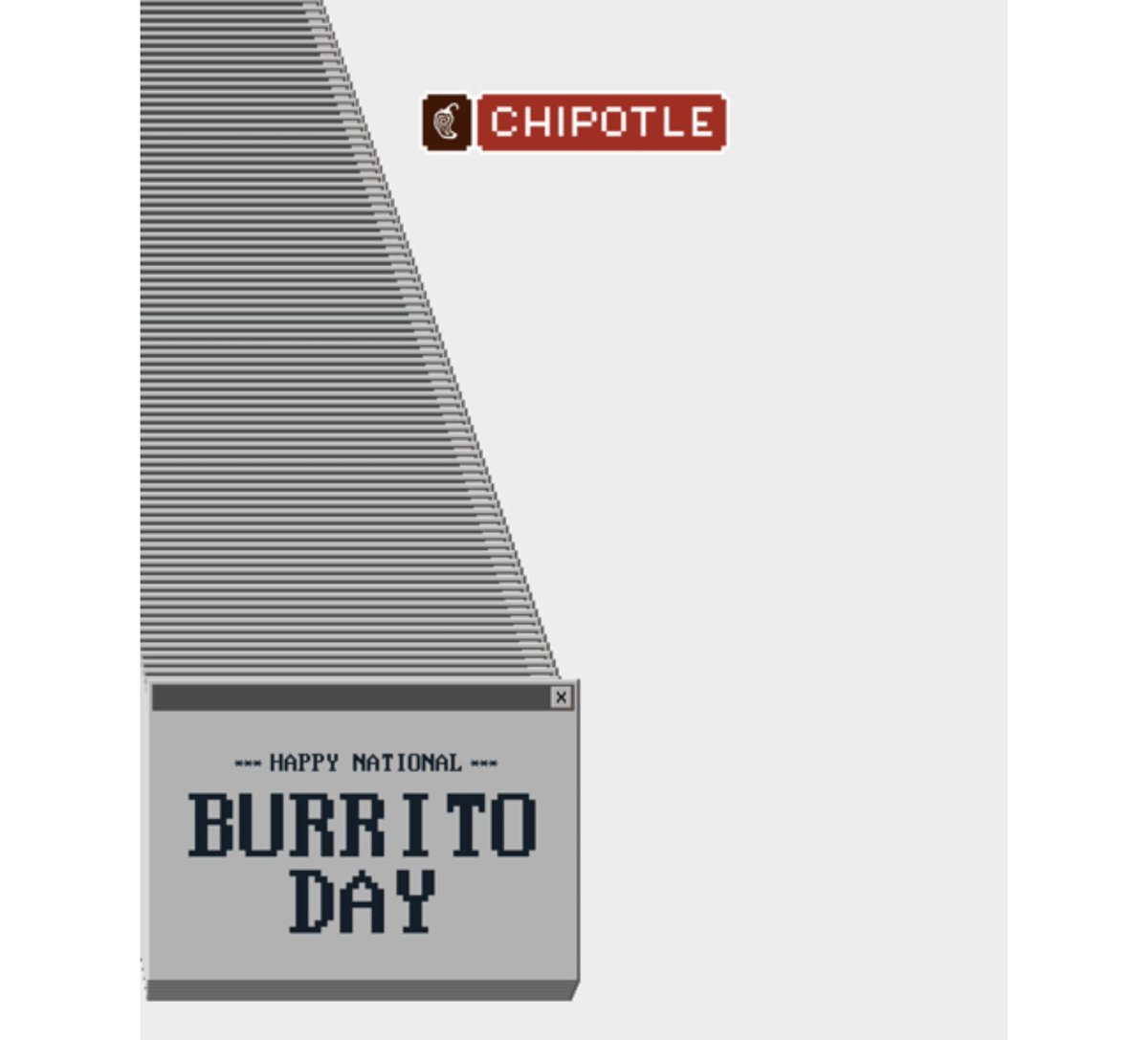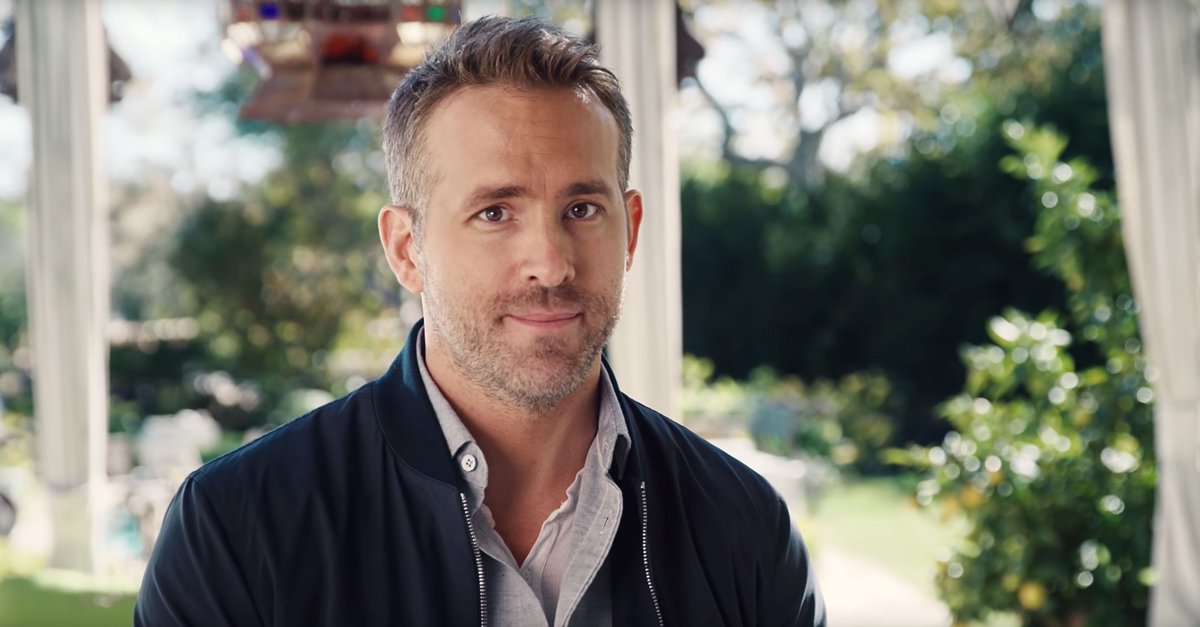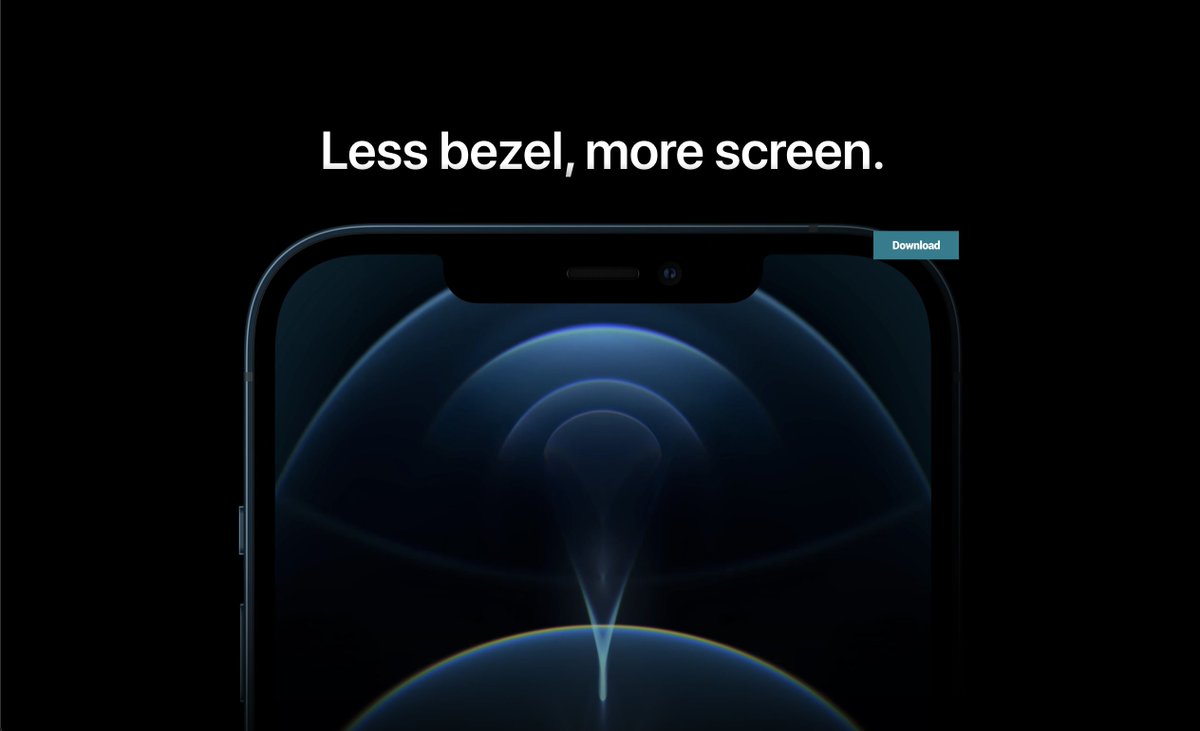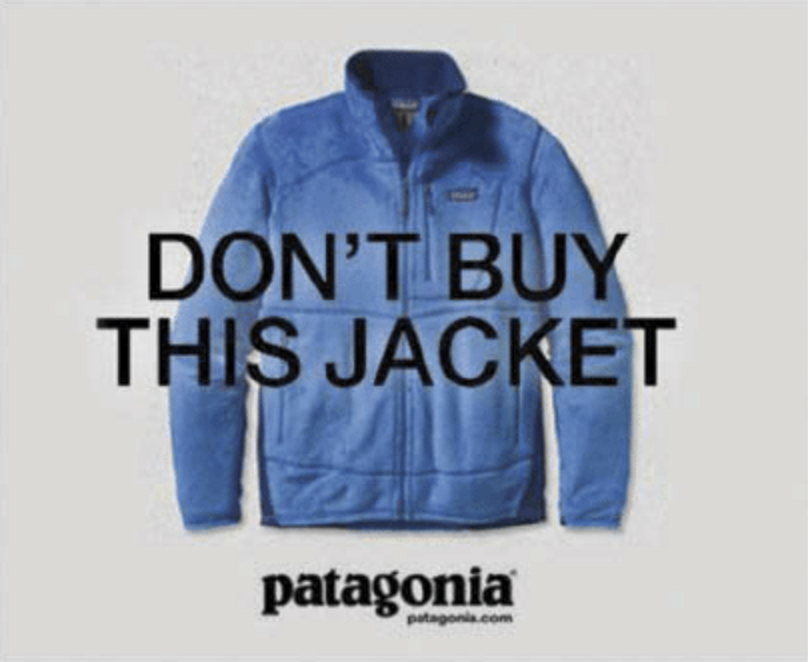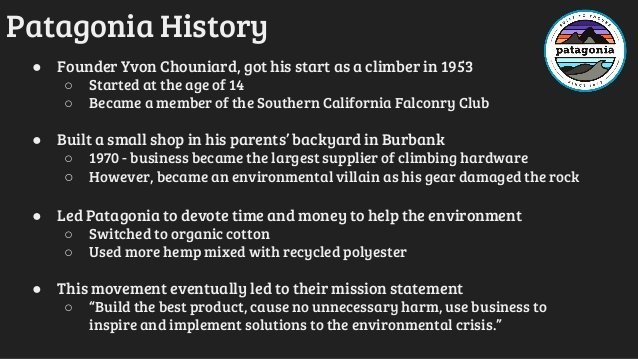
Nike's marketing is iconic.
In 1992, Phil Knight laid the groundwork for Nike's high-performance marketing.
To this day, Nike stays true to these principles.
These 11 lessons made Nike the world's leading athletic apparel brand 🧵
In 1992, Phil Knight laid the groundwork for Nike's high-performance marketing.
To this day, Nike stays true to these principles.
These 11 lessons made Nike the world's leading athletic apparel brand 🧵

1. How Nike First Understood Their Consumers
In Nike’s early days, they were a running shoe company.
Their employees were runners.
Because of this, they understood their consumers very well.
When they branched out into other sports, they had to do the same.
In Nike’s early days, they were a running shoe company.
Their employees were runners.
Because of this, they understood their consumers very well.
When they branched out into other sports, they had to do the same.
Nike would go to the top players of that sport and would do everything possible to understand what they needed from a tech and design standpoint.
And then the engineers would create a product that would give the athletes what they needed both functionally and aesthetically.
And then the engineers would create a product that would give the athletes what they needed both functionally and aesthetically.
2. How Nike determined their customer base
First, they created for their “core customer” aka the athlete.
Phil Knight said, “if we get the people at the top, we’ll get the others because they’ll know that the shoe can perform.”
So, who made up their pyramid customer base?
First, they created for their “core customer” aka the athlete.
Phil Knight said, “if we get the people at the top, we’ll get the others because they’ll know that the shoe can perform.”
So, who made up their pyramid customer base?
At the top, athletes.
Then weekend warriors in the middle.
Everyone else who wore athletic shoes at the bottom.
But, the key was not only speaking to the core customer (athletes) but learning how to speak (marketing) to the customers at the bottom.
Then weekend warriors in the middle.
Everyone else who wore athletic shoes at the bottom.
But, the key was not only speaking to the core customer (athletes) but learning how to speak (marketing) to the customers at the bottom.
Why?
Because the principle doesn’t change.
Knight says, “you have to come up with what the consumer wants, and you need a vehicle to understand it.”
Because the principle doesn’t change.
Knight says, “you have to come up with what the consumer wants, and you need a vehicle to understand it.”
3. How Nike did market research
Just like Nike did everything to understand their core customers, they did the same for the everyday Joe.
Knight says, “To understand the rest of the pyramid, we do a lot of work at the grass-roots level.”
Just like Nike did everything to understand their core customers, they did the same for the everyday Joe.
Knight says, “To understand the rest of the pyramid, we do a lot of work at the grass-roots level.”
They would:
- Go to amateur sport events
- Hit the gyms
- Visit tennis courts
Because they wanted their product to have the same functionality for “Michael Jordan or Joe American Public.”
- Go to amateur sport events
- Hit the gyms
- Visit tennis courts
Because they wanted their product to have the same functionality for “Michael Jordan or Joe American Public.”
4. How does Nike define a brand?
Knight says, “A brand is something that has a clear-cut identity among consumers, which a company creates by sending out a clear, consistent message over a period of years.”
When Nike tried breaking into the casual shoe market, it didn’t work.
Knight says, “A brand is something that has a clear-cut identity among consumers, which a company creates by sending out a clear, consistent message over a period of years.”
When Nike tried breaking into the casual shoe market, it didn’t work.
Sales slowed down.
Their messaging got fuzzy and confusing.
It no longer fit their identity.
Your brand’s identity is your magic.
When you stray away from its identity, you lose your touch.
Their messaging got fuzzy and confusing.
It no longer fit their identity.
Your brand’s identity is your magic.
When you stray away from its identity, you lose your touch.
5. How did Nike finally understood their brand
Understanding consumers was only part of it.
Understanding the brand was the other half.
This shifted Nike’s focus.
Understanding consumers was only part of it.
Understanding the brand was the other half.
This shifted Nike’s focus.
Nike determined they wanted to be “the world’s best sports and fitness company and the Nike brand to represent sports and fitness activities.”
Because of this focus, you have to rule out certain options, from products to marketing.
Because of this focus, you have to rule out certain options, from products to marketing.
6. How Nike grew w/o affecting the brand
To break into diff markets and stay true to their identity, Nike created sub-brands.
This broke things into digestible chunks for the consumer.
But, before expanding, Phil Knight would ask, “does this expansion dilute the big effort?”
To break into diff markets and stay true to their identity, Nike created sub-brands.
This broke things into digestible chunks for the consumer.
But, before expanding, Phil Knight would ask, “does this expansion dilute the big effort?”
They came to this realization by accident.
In the 80’s they created the Air Jordan basketball shoe.
IT TOOK OFF.
Nike expected to sell $3M by the end of year 4.
They sold $126M in year one.
In the 80’s they created the Air Jordan basketball shoe.
IT TOOK OFF.
Nike expected to sell $3M by the end of year 4.
They sold $126M in year one.
Phil Knight says, “Its success showed us that slicing things up into digestible chunks was the wave of the future.”
Because of this, they started their next sub-brand: Nike Basketball.
Because of this, they started their next sub-brand: Nike Basketball.
7. What was at the core of Nike's marketing
Nike believed the success of advertising came if you could “wake up the customer.”
This only happened if you could create an emotional tie with them.
That’s what builds long-term relationships with consumers.
Nike believed the success of advertising came if you could “wake up the customer.”
This only happened if you could create an emotional tie with them.
That’s what builds long-term relationships with consumers.
So, that’s was at the core of their campaigns.
That’s what helped consumers distinguish Nike from their competitors.
That’s what helped consumers distinguish Nike from their competitors.
8. Nike's marketing philosophy
Phil Knight says, “we generally don’t pre-test our ads.”
They would test concepts beforehand but would determine the success of an ad was to distribute it and gauge the response.
Phil Knight says, “we generally don’t pre-test our ads.”
They would test concepts beforehand but would determine the success of an ad was to distribute it and gauge the response.
This goes back to their core philosophy: “take a chance and learn from it.”
For Nike, this meant creating ads that some would call risky.
For Nike, this meant creating ads that some would call risky.
9. Why Nike believe its marketing works
Being creative matters.
But what really matters long-term is if your messaging means anything.
But for that to resonate you have to have a good product.
Being creative matters.
But what really matters long-term is if your messaging means anything.
But for that to resonate you have to have a good product.
Knight says, “You can’t create an emotional tie to a bad product because it’s not honest.”
The messaging will mean nothing without a good product.
So, Nike started with a great product then conveying what Nike is all about and its mission.
The messaging will mean nothing without a good product.
So, Nike started with a great product then conveying what Nike is all about and its mission.
10. Why Nike partnered with athletes
Sports are at the heart of American culture.
The emotion already exists around it.
Knight says it’s inspirational to watch an athlete “push the limits of performance.”
So, convincing someone with a 60-sec ad?
Tough.
Sports are at the heart of American culture.
The emotion already exists around it.
Knight says it’s inspirational to watch an athlete “push the limits of performance.”
So, convincing someone with a 60-sec ad?
Tough.
But, an ad with Michael Jordan?
Not much explaining needed.
Knight says the key was to find athletes who could “stir up emotion.”
Not much explaining needed.
Knight says the key was to find athletes who could “stir up emotion.”
11. Why their athlete partnerships worked so well
Nike’s goal was to create “a lasting emotional tie with consumers.”
This meant advertising athletes throughout their careers.
And presenting them as “whole people.”
Nike’s goal was to create “a lasting emotional tie with consumers.”
This meant advertising athletes throughout their careers.
And presenting them as “whole people.”
They wanted their consumers to feel like they knew the athletes.
So, Nike had to get to know their athletes.
They wanted to “win their hearts as well as their feet.”
So, Nike had to get to know their athletes.
They wanted to “win their hearts as well as their feet.”
Follow @alexgarcia_atx for more:
- marketing breakdowns
- copywriting tips
- how-tos
- campaign dissection
If you do, a thread just like this one will end up on your feed every day for the next 10 days :)
- marketing breakdowns
- copywriting tips
- how-tos
- campaign dissection
If you do, a thread just like this one will end up on your feed every day for the next 10 days :)
It's also a daily newsletter that I send to 5K+ marketers. (over 50% of them open it daily)
Join them👇
bit.ly/3flYp6b
Join them👇
bit.ly/3flYp6b
TL;DR
1. Understand your core customer
2. Create a pyramid customer base
3. Do your market research
4. Define your identity and messaging
5. Focus entirely on that and cut out bs
6. Create sub-brands under the umbrella of your brand
7. Creating emotional ties
1. Understand your core customer
2. Create a pyramid customer base
3. Do your market research
4. Define your identity and messaging
5. Focus entirely on that and cut out bs
6. Create sub-brands under the umbrella of your brand
7. Creating emotional ties
8. Take chances and learn from them
9. This all works if you have a good product
10. Work with influences because people already know and trust them
11. Build long term relationships with influencers to build long-term relationships with consumers
9. This all works if you have a good product
10. Work with influences because people already know and trust them
11. Build long term relationships with influencers to build long-term relationships with consumers
• • •
Missing some Tweet in this thread? You can try to
force a refresh



